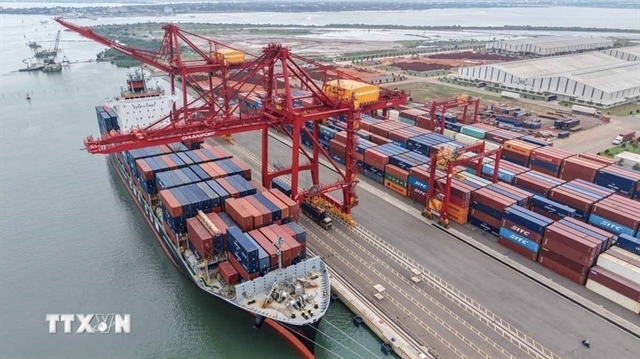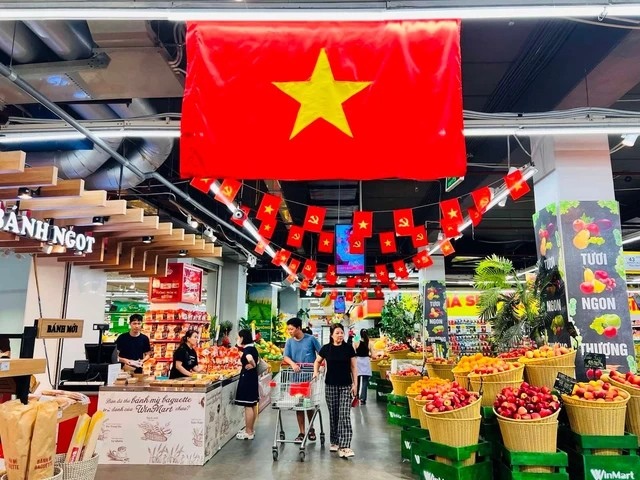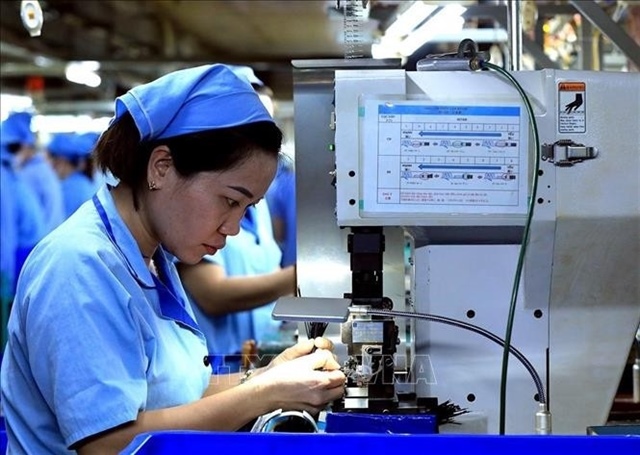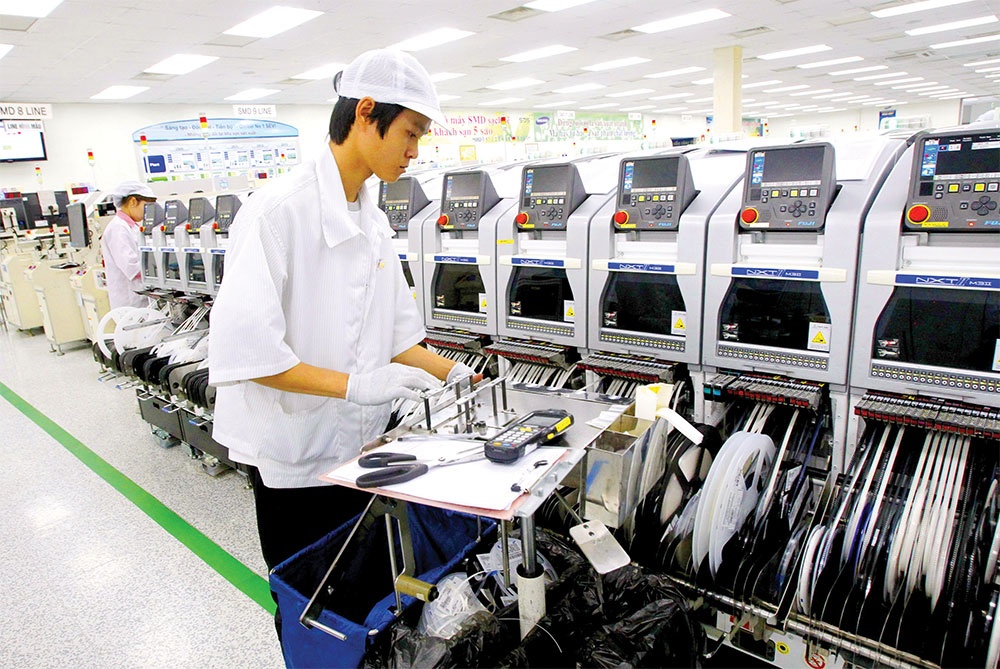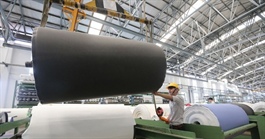China, others eye CPTPP membership
China, others eye CPTPP membership
The UK, China, Chinese Taipei and other economies have applied formally to join the Pacific Rim trade deal, which represents a free trade area worth about US$11 trillion in aggregate gross domestic product (GDP).
Opportunities
Taking effect on December 30, 2018, the Comprehensive and Progressive Agreement for Trans-Pacific Partnership (CPTPP) was signed by 11 countries with a total population of 498 million and accounting for almost 13 percent of the global economic output.
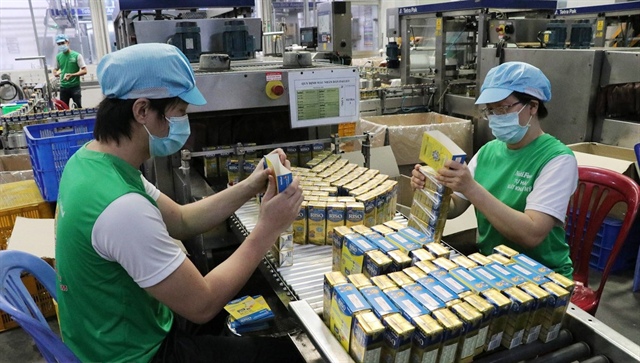
Vietnam has attracted US$21.3 billion worth of foreign direct investment (FDI) from CPTPP countries since the agreement took effect |
The CPTPP is surging to become a magnet for many additional economies. The pandemic crisis is forcing many nations to find ways to recover, given a reduction of foreign markets and investment inflows, and critical need of employment for their citizens. The CPTPP is considered one of the best solutions as it offers flexible mechanisms to deal with trade and investment obstruction and trade facilitation.
Diversifying and accepting new members has been part of the agenda since the CPTPP took effect, as the expansion is expected to strengthen the impact of the agreement and promote regional economic and trade integration, as well as regional cooperation. As a high-level free trade agreement, the CPTPP is expected to influence the global trading system.
China, the world's second largest economy, emphasized the possibility of further expanding the scope of the free trade network, and is willing to negotiate and conclude free trade agreements (FTA) with more partners in order to jointly promote trade and investment liberalization and facilitation, including membership in the CPTPP. China’s CPTPP membership would promote the interconnected development of the CPTPP and the Regional Comprehensive Economic Partnership (RCEP) agreement, of which China is already a member, creating the foundation for a far-reaching free trade agreement encompassing the Asia-Pacific region.
Since the implementation of the agreement, in general, countries that increased their goods imports from the CPTPP region, such as Brunei, Singapore and Vietnam, have increased their imports of goods from the rest of the world. Being based on an extensive network of bilateral and regional trade agreements among member economies, it can therefore be expected to increase the trade flows of partners that do not have extensive trade agreement networks.
Benefits for Vietnam
The CPTTP's stipulations on e-commerce has already had a strong impact, with members signing other trade agreements that apply e-commerce terms very similar to those of the CPTPP, such as the Singapore-Australia FTA, the Chile-Uruguay FTA and the Chile-Argentina FTA.

The CPTTP and RCEP contain similar e-commerce provisions |
The RCEP agreement (among Australia, Brunei, Japan, Malaysia, New Zealand, Singapore and Vietnam – and Cambodia, China, Indonesia, Laos, Myanmar, the Philippines, the Republic of Korea and Thailand) has a digital trade chapter similar to that of the CPTPP. However, compared to the RCEP, the CPTPP contains much stronger language in encouraging data flow and countries with data localization requirements will find it difficult to comply with the pact.
Nguyen Lan Phuong from Baker McKenzie Vietnam said that the expanded CPTPP will benefit Vietnam significantly. “It has been proven as an effective 21st century trade pact and the fact that many major economies such as China and the UK wish to join is an encouragement for existing members like Vietnam,” Phuong said.
According to Phuong, an expanded CPTPP is good news for supply chains in Vietnam. On the downstream side, Vietnam-origin goods already enjoy a cost advantage over competitor non-CPTPP goods due to lower import tariff rates and streamlined trade procedures in the existing CPTPP member markets. Adding new CPTPP members will expand consumer markets for Vietnam-origin goods.
On the upstream side, Vietnamese manufacturers can source materials from other CPTPP members to produce goods that will enjoy the same CPTPP benefits. “For example, a furniture manufacturer in Vietnam might source timber grown in Canada to produce wooden furniture, which may then enjoy the benefits of the CPTPP because both Vietnam and Canada are CPTPP members,” she added. “An expanded CPTPP would allow manufacturers to source materials from additional markets, without forfeiting the benefits offered by the CPTPP.”
If the CPTPP is expanded, enterprises from countries that already have trade deals with Vietnam, such as the Regional Comprehensive Economic Partnership, Vietnam-Korea Free Trade Agreement, and the ASEAN Free Trade Area, can select which preferential tariff schemes are most beneficial for their export markets, according to the Center for WTO and International Trade under the Vietnam Chamber of Commerce and Industry (VCCI).


